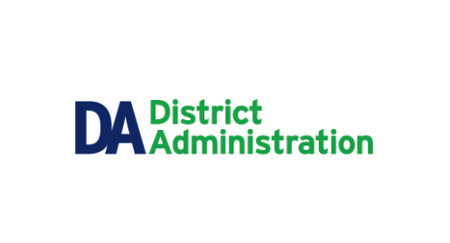This article is written by Gary Pettengell and appears on District Administration. You can read the full article here.
There is a mental health crisis in our schools.
According to a decade-long survey by the Centers for Disease Control and Prevention (CDC), more than a third of high school students experienced persistent feelings of sadness or hopelessness in 2019, a 40 percent increase in just ten years.
This devastating reality has only become more pronounced since the onset of the COVID-19 pandemic. A recent report by the American Psychological Association (APA) found that 81 percent of teenagers ages 13-17 reported experiencing “more intense stress” during the COVID-19 pandemic, and the number of students who identify poor mental health as a barrier to learning increased by 10 percent between the Spring 2020 and Fall 2021 semesters.
In St. Louis, Missouri, the problem is so acute that more than a dozen schools closed early for Thanksgiving break, responding to high stress levels among teachers and students.
That’s why districts are working harder than ever to support their students, integrating social-emotional learning (SEL) into curriculums, expanding access to mental health services, and equipping teachers to identify the signs of students in distress and escalating specific cases in an immediately collaborative way with the next level of support needed, including alerting counselors and school social workers.

